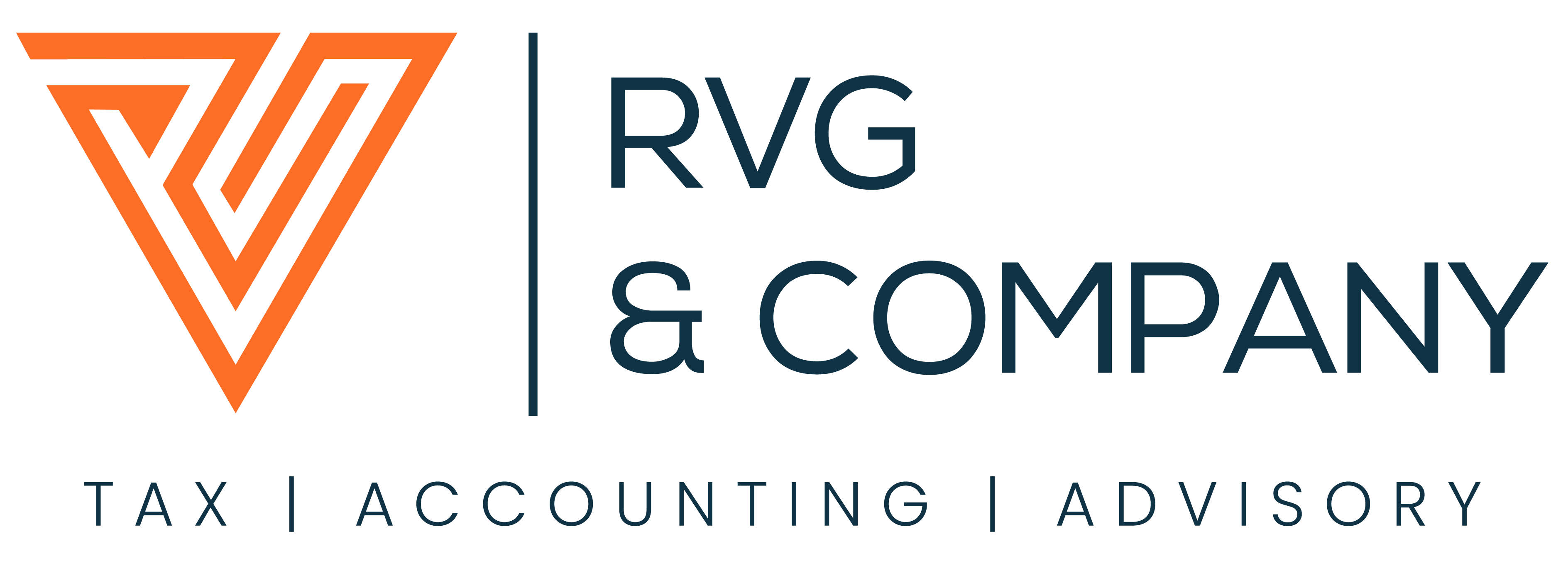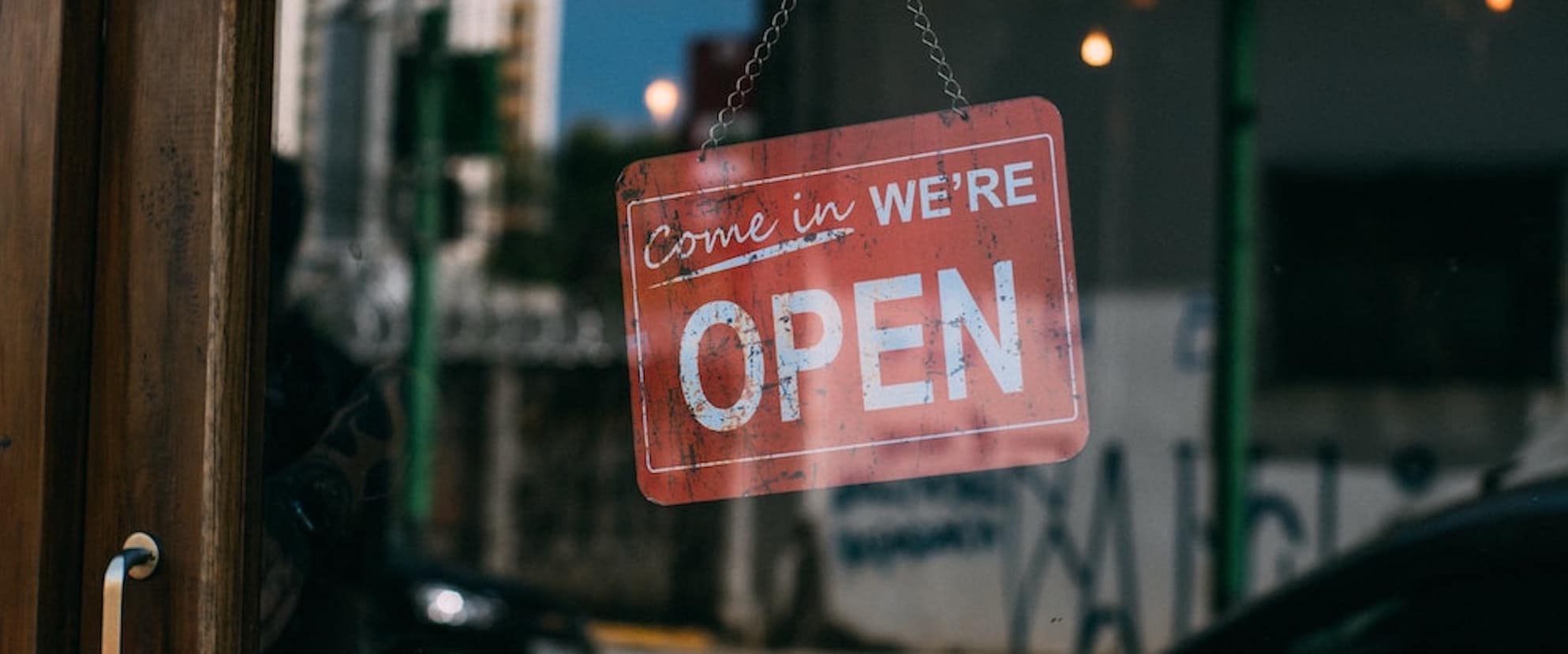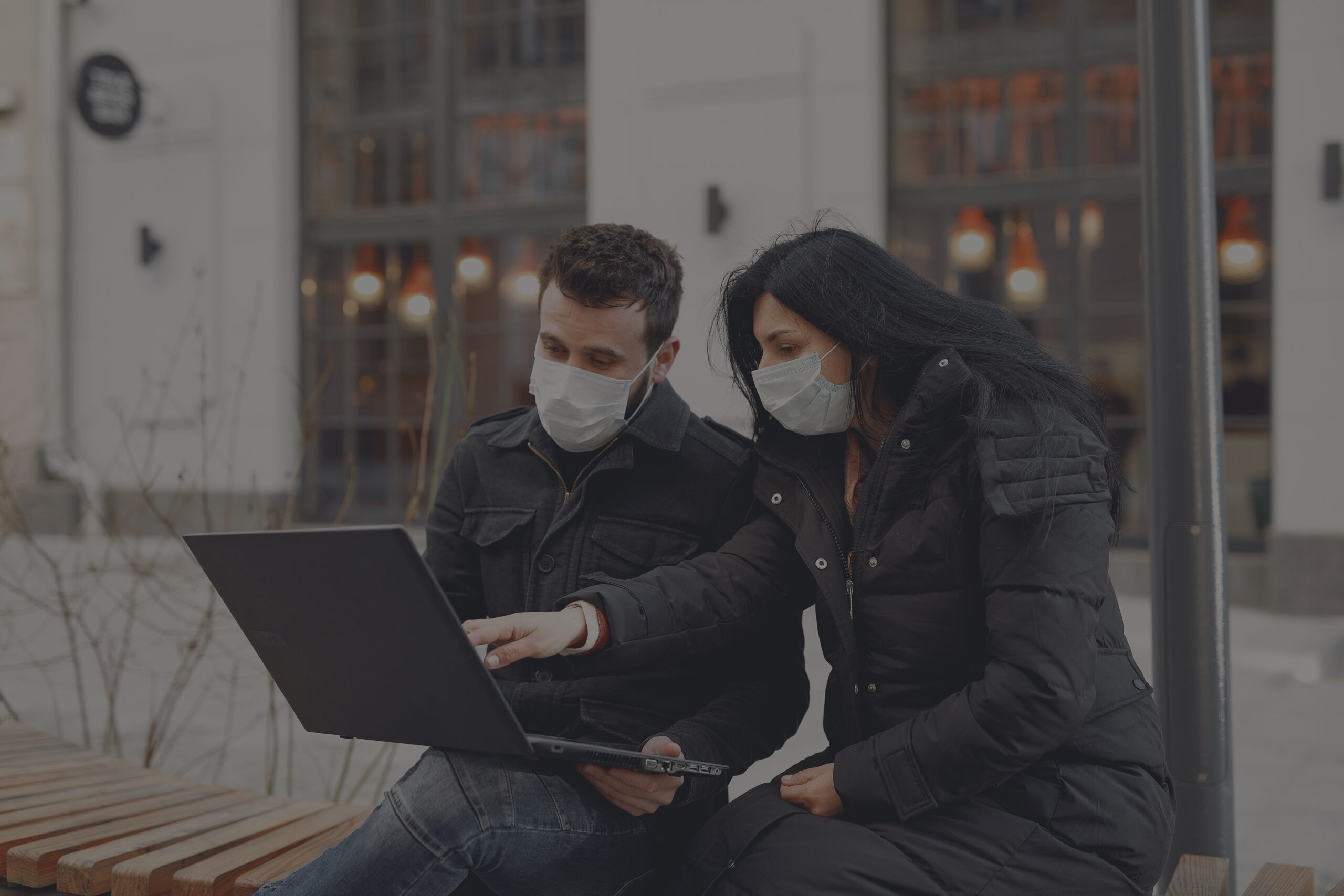The Small Business Administration Updates Frequently Asked Questions Concerning the Paycheck Protection Program Related to the Review of Loans Under $2 Million and Extension of Time for Amnesty Repayments
On May 13, 2020 the SBA issued FAQs 46 and 47. These revisions, and all previously issued FAQs, are made in consultation with the US Treasury Department. Lenders and borrowers may rely on the guidance issued by the SBA as an interpretation of the CARES Act.
FAQ 46: This FAQ provides a safe harbor for any borrower, together with its affiliates, that received PPP loans with an original principal amount of less than $2 million will be deemed to have made the required certification concerning the necessity of the loan request in good faith. As a result, borrowers of PPP loans that are below $2 million will not need to prove to the SBA that their request for the loan was necessary based on their specific circumstances related to ongoing business operations.
However, borrowers with controlled entities that received more than $2 million of PPP loans are not covered by this safe harbor and will still be subject to an SBA good faith certification audit and will be required to demonstrate an adequate basis of need.
The SBA has determined that this safe harbor is appropriate because borrowers with loans below this threshold are generally less likely to have had access to adequate sources of liquidity in the current economic environment than borrowers that obtained larger loans. This safe harbor will also promote economic certainty as PPP borrowers with more limited resources endeavor to retain and rehire employees. In addition, given the large volume of PPP loans, this approach will enable SBA to conserve its finite audit resources and focus its reviews on larger loans, where the compliance effort may yield higher audit results.
In addition, if the SBA determines that a borrower lacked an adequate basis for the necessity of the PPP loan request, the SBA will seek repayment of the outstanding PPP loan balance and will inform the lender that the borrower is not eligible for loan forgiveness. If the borrower repays the loan after receiving notification from the SBA, the SBA will not pursue administrative enforcement or referrals to other agencies based on its determination concerning the necessity of the loan request. The SBA’s determination concerning the necessity of the loan request will not affect SBA’s loan guarantee to the lender.
Based upon this FAQ it appears that if a borrower repays a PPP loan that did not meet the economic necessity certification, the SBA will not pursue administrative enforcement which may include criminal penalties and imprisonment.
FAQ 47: This FAQ provides that the amnesty date for repaying a PPP loan has been extended from May 14, 2020 to May 18, 2020. Based on the guidance issued by these FAQs it appears that a borrower that does not meet the certification criteria can repay their loan after May 18, 2020 if the SBA deems after review that the borrower did not meet the necessity criteria. However, it is not clear if the loan would be payable immediately or during the term of the loan.



